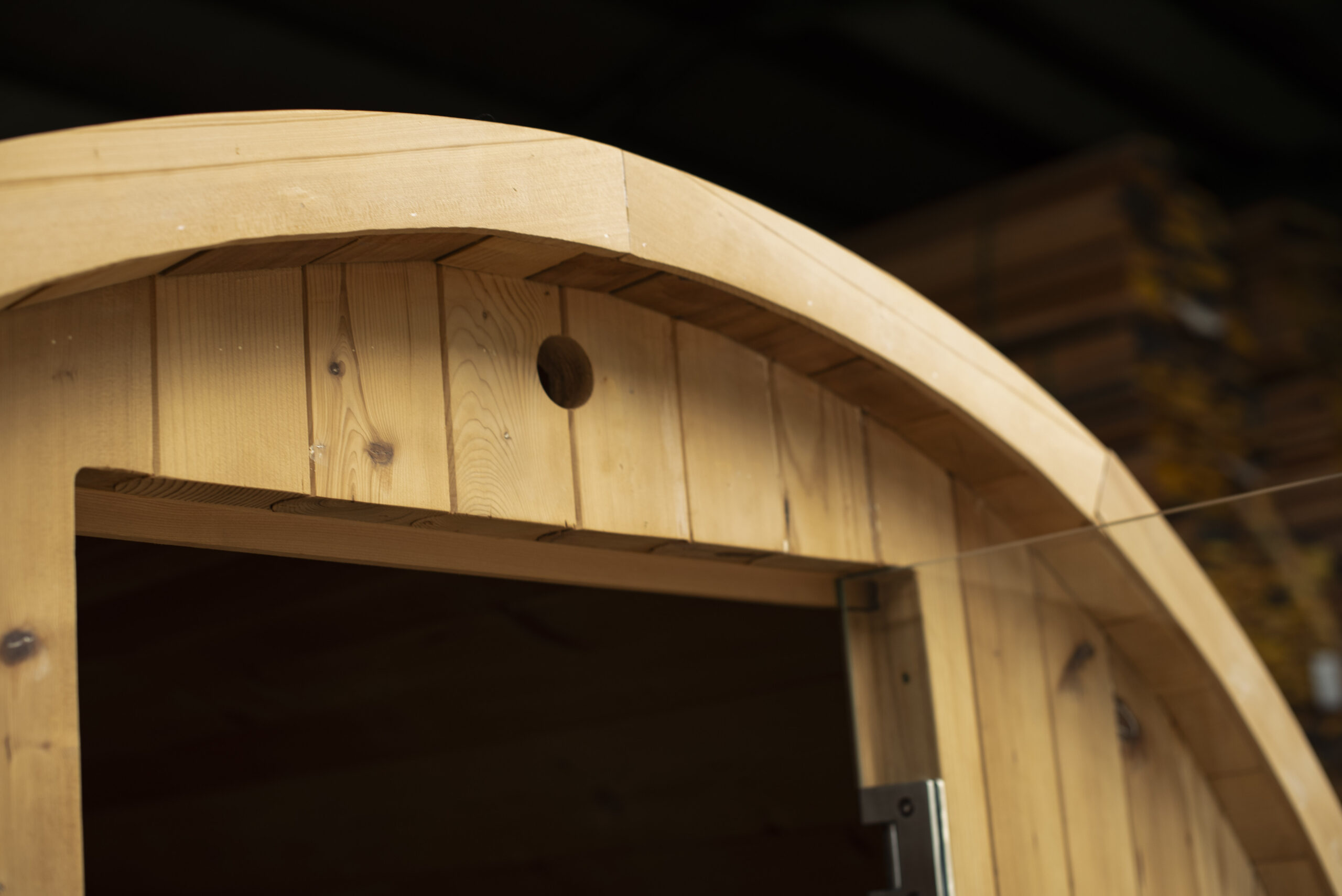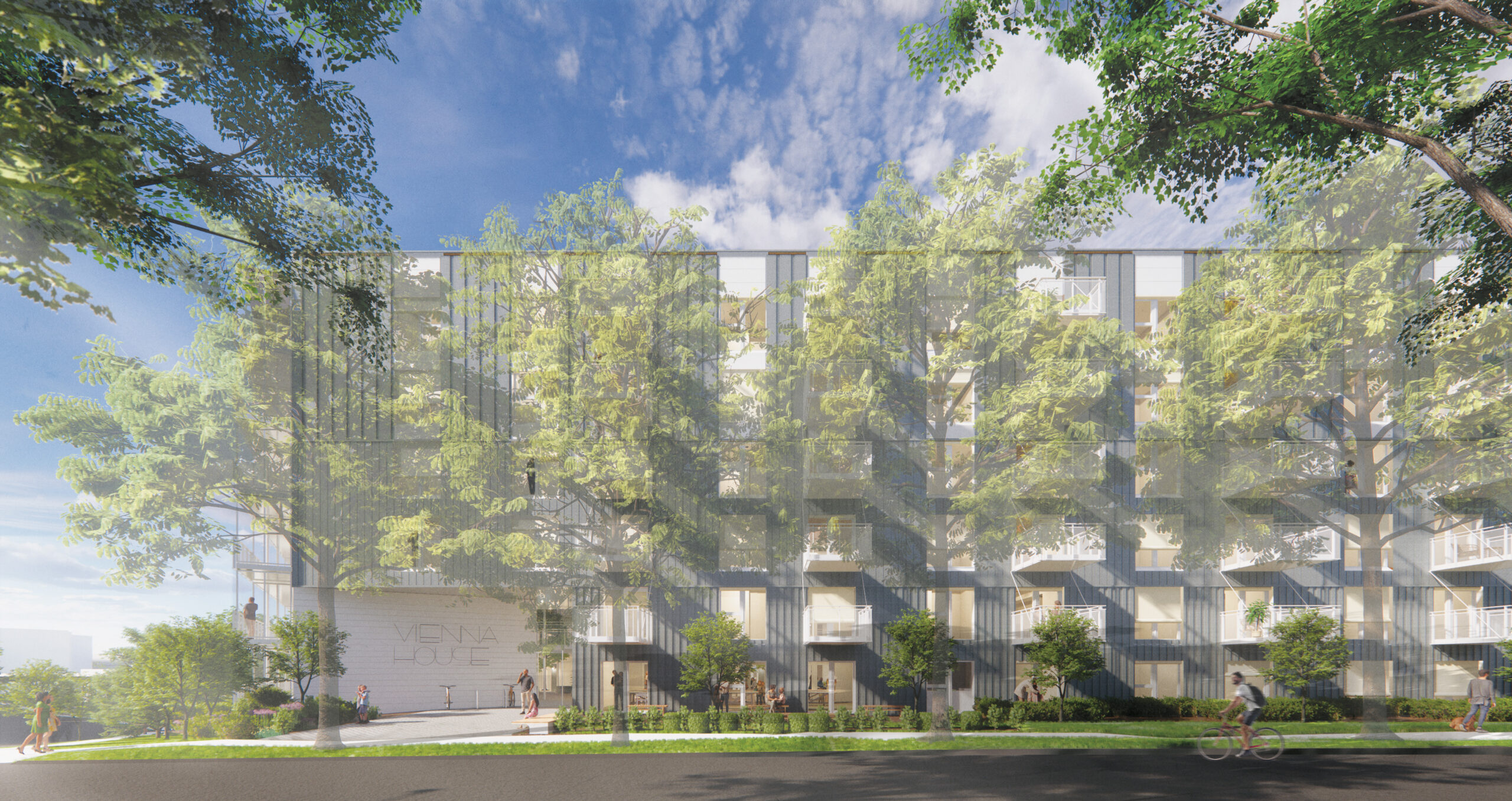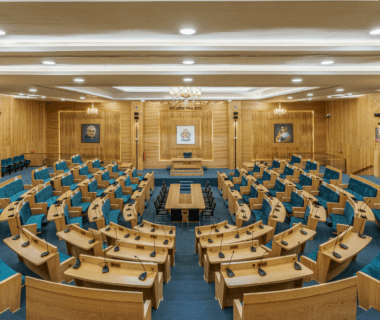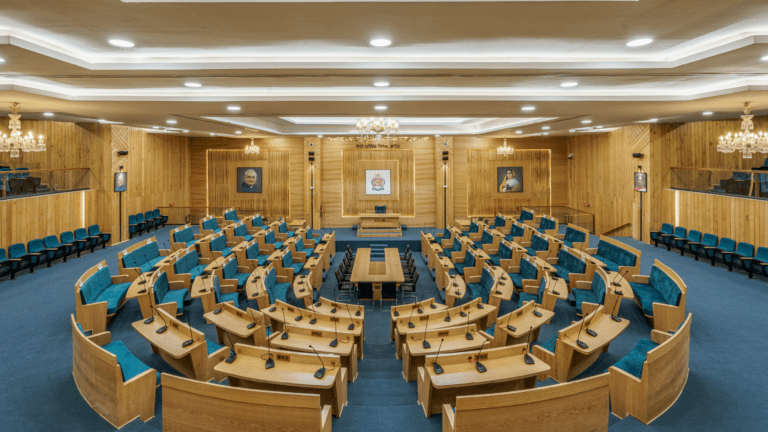The B.C. government is investing $2.2 million in the Wood First program to promote the use of B.C. wood both locally and internationally, and help advance innovative wood-building systems and value-added wood products.
The funding is being awarded to six industry trade associations and institutions with proven records in research, development and marketing of wood products and skills training to carry out Wood First activities. They include:
BC Wood Specialties Group – $558,910
Canadian Wood Council – $770,109
University of British Columbia – Centre for Advanced Wood Processing – $359,166
University of British Columbia – Centre for Interactive Research on Sustainability – $65,000
FPInnovations – $428,928
Design Build Research Institute – $51,762
Funding from the Province will be supplemented with additional funds provided by industry.
Wood First is focused on advancing the use of wood in B.C. Since the program was launched in 2009, wood use in the mid-rise and non-residential construction sectors is increasing and recognition of wood as a preferred building material continues to grow. A recent survey of B.C. engineers, architects and builders confirmed that 40% are increasing the use of structural wood and 77% believe B.C. is well positioned to export its products and knowledge.
Building taller and larger with wood has also become more popular due to new innovative design and building methods. The Wood Innovation and Design Centre in Prince George, opened in October 2014, is now the largest contemporary wood structure in North America at 29.5 metres high.
The Wood First program is managed by Forestry Innovation Investment Ltd., the province’s market development agency for forest products.
This announcement is another step toward fulfilling the BC Jobs Plan commitment to develop local and international markets for B.C. forest products to spur economic activity and job creation throughout the province.
To keep B.C.’s economy diverse, strong and growing, since September 2011 the BC Jobs Plan has been building on the strengths of our province’s most competitive sectors utilizing our educated and skilled workforce.
Quotes:
Minister of International Trade Teresa Wat –
“B.C. is known around the world as a supplier of world-class, environmentally friendly forest products. We are proud to invest in the future of B.C.’s forestry industry by supporting organizations in their effort to develop wood product innovations for domestic and international markets. These innovations will be especially attractive for priority markets in Asia, the U.S. and emerging markets in Southeast Asia and India.”
Minister of Forests, Lands and Natural Resource Operations Steve Thomson – “Product innovation and value-added processing is generating more value for British Columbians from each tree harvested, ensuring that B.C.’s forest sector continues to be a leading contributor to the B.C. economy.”
Iain Macdonald, managing director, University of British Columbia Centre for Advanced Wood Processing –
“The Wood First Program is playing a key role in advancing B.C.’s wood products industry by building new business and technical capacities in companies, transferring leading-edge technologies and practices, and connecting partners along the supply chain to exploit new market opportunities. B.C.’s future as a leader in advanced timber construction has never looked brighter.”
John Gillis, chairman, BC Wood Specialties Group – “The Wood First Program has been instrumental in positioning wood as preferred building material and British Columbia as a global leader in wood use and innovation. The capacity building programs, which are a part of Wood First, have made B.C.’s value-added wood products manufacturers stronger and better able to compete in global markets.”
Quick Facts:
B.C.’s total forestry GDP reached $7 billion in 2014 and the sector continue to represent one of the province’s top economic engines.
Employment figures in the forestry sector have recovered from the low of 50,400 in 2009, with 60,700 direct jobs today.
Forestry represents the largest export category in the province, accounting for 36% of commodities exports in 2014, up 5% since 2011.
Wood has the smallest environmental footprint of all building products and is much less greenhouse gas intensive on a life-cycle basis than other building materials.
B.C. has more forest certified by third-party organizations than any other region in the world, other than Canada as a whole.



